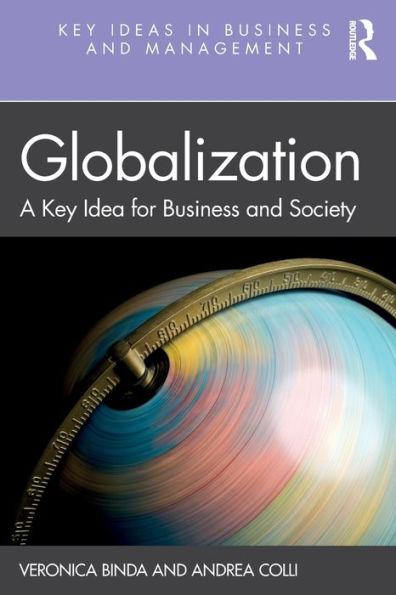Home
Globalization: A Key Idea for Business and Society
Loading Inventory...
Barnes and Noble
Globalization: A Key Idea for Business and Society
Current price: $120.00


Barnes and Noble
Globalization: A Key Idea for Business and Society
Current price: $120.00
Loading Inventory...
Size: Hardcover
*Product Information may vary - to confirm product availability, pricing, and additional information please contact Barnes and Noble
Globalization: A Key Idea for Business and Society
analyzes today’s process of global integration. Globalization is seen as a complex phenomenon, the drivers of which are of a technological, institutional, cultural and, not least, political nature.
The book includes a historical analysis of the rise, and fall, of the “first globalization” wave which took place between the end of the Napoleonic Wars and the Great War. The chapters focus on the measurement of the global integration process, on the in-depth analysis of the above mentioned “drivers”, and on some of the actors playing a relevant role in the process itself – multinational companies and governments as owners of global companies. The conclusion of the book provides a perspective on the current “globalization backlash”, its determinants and possible future alternative scenarios.
This book is an ideal resource for students and practitioners interested in past, present and future globalization.
analyzes today’s process of global integration. Globalization is seen as a complex phenomenon, the drivers of which are of a technological, institutional, cultural and, not least, political nature.
The book includes a historical analysis of the rise, and fall, of the “first globalization” wave which took place between the end of the Napoleonic Wars and the Great War. The chapters focus on the measurement of the global integration process, on the in-depth analysis of the above mentioned “drivers”, and on some of the actors playing a relevant role in the process itself – multinational companies and governments as owners of global companies. The conclusion of the book provides a perspective on the current “globalization backlash”, its determinants and possible future alternative scenarios.
This book is an ideal resource for students and practitioners interested in past, present and future globalization.

















